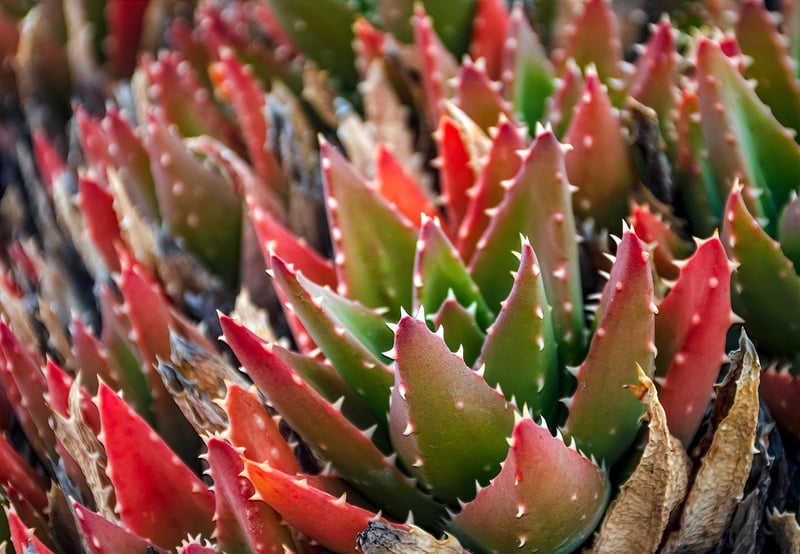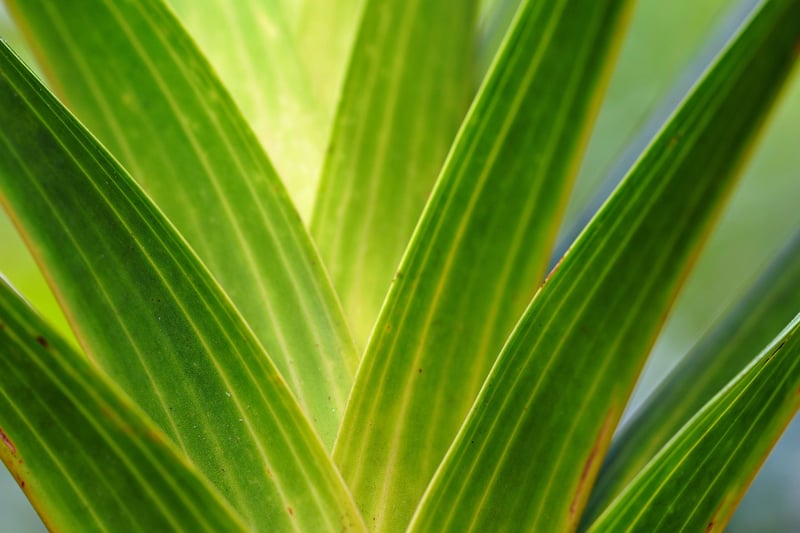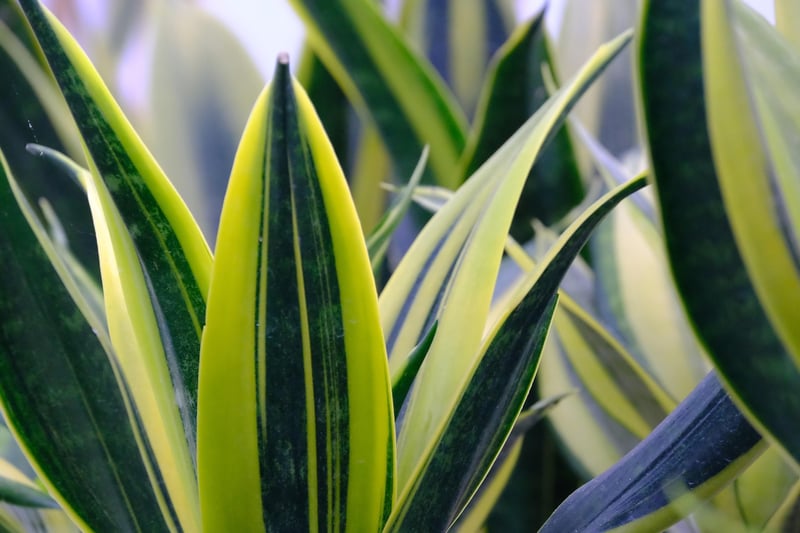Light Requirements
Essential Care Advice for Plants + Light Requirements
The Importance of Proper Care for Plants
Plants are not just decorative items; they are living organisms that require care and attention to thrive. Proper care not only ensures their growth but also contributes to a healthier and more vibrant environment in your home or office.
Key Care Tips for Healthy Plants
- Watering: Ensure plants receive adequate water but avoid overwatering, as it can lead to root rot.
- Light: Position plants according to their light requirements to support photosynthesis and growth.
- Humidity: Maintain appropriate humidity levels, especially for tropical plants.
- Fertilization: Feed plants with suitable fertilizers to provide essential nutrients.
- Pruning: Regularly trim dead leaves and stems to promote new growth.
- Pests: Keep an eye out for pests and treat them promptly to prevent damage.
Understanding Light Requirements
Light is a crucial factor in plant care, as it is essential for photosynthesis, the process through which plants convert light into energy. Different plants have varying light requirements, classified into three main categories:
1. High Light Plants
These plants thrive in direct sunlight and require at least 6 hours of bright, indirect light daily. Examples include succulents, cacti, and most flowering plants.

2. Medium Light Plants
These plants can tolerate moderate light levels and are suitable for locations with filtered light. They typically need 4-6 hours of indirect light per day. Examples include pothos, spider plants, and peace lilies.

3. Low Light Plants
These plants can thrive in low-light conditions with minimal natural light exposure. They are ideal for spaces with limited sunlight. Examples include snake plants, ZZ plants, and Chinese evergreens.

By understanding and meeting the light requirements of your plants, you can ensure their optimal growth and overall well-being. Remember to observe your plants regularly and adjust their care routines as needed to help them flourish.
